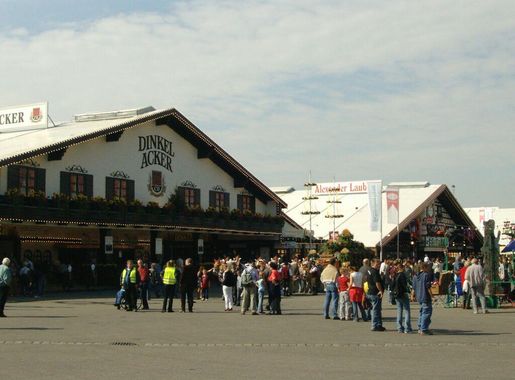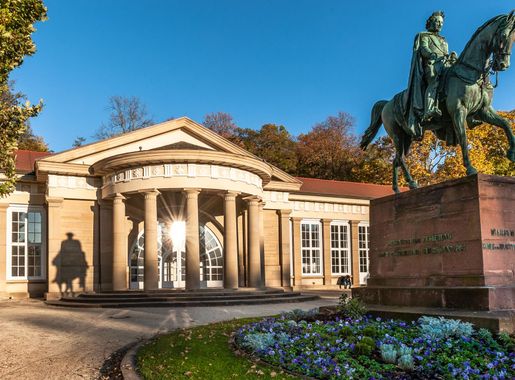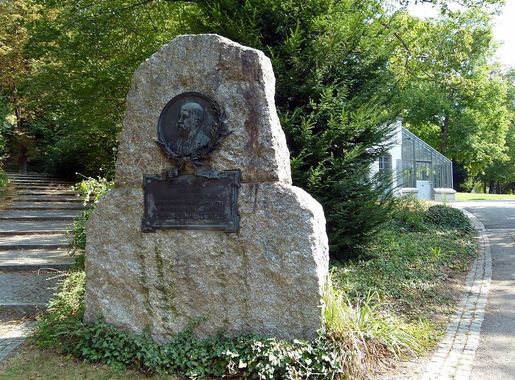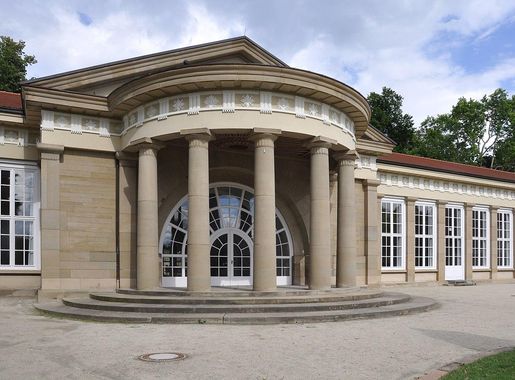
Exploring the Historic Charm of Bad Cannstatt
Discover Bad Cannstatt: Stuttgart's oldest neighbourhood, famed for its historic sites, healing mineral springs, and vibrant cultural scene, perfect for a memorable visit.
Nestled along the banks of the Neckar River, Bad Cannstatt is Stuttgart's oldest and most historically rich neighbourhood. Known for its therapeutic mineral springs and a vibrant cultural scene, this district offers a unique blend of old-world charm and modern attractions. Stroll through the cobblestone streets, where you'll encounter beautifully preserved half-timbered houses, quaint shops, and inviting cafes. The area's rich history is evident in its landmarks, such as the Roman ruins and the majestic Old Cannstatt Bridge, offering a glimpse into its ancient past. One of the highlights of Bad Cannstatt is the Wilhelma Zoo and Botanical Garden, a 19th-century royal retreat that boasts an impressive collection of flora and fauna. For those interested in automotive history, the Mercedes-Benz Museum is a must-visit, showcasing over 130 years of innovation and engineering excellence. Every autumn, the neighbourhood comes alive with the Cannstatter Volksfest, one of the largest and oldest beer festivals in Germany. This lively event features traditional music, hearty food, and, of course, plenty of local beer, making it a festive time to visit. Whether you're soaking in the relaxing mineral baths, exploring historical sites, or enjoying local festivals, Bad Cannstatt offers a rich tapestry of experiences that cater to every type of traveler.
Local tips in Bad Cannstatt
- Visit the Cannstatter Volksfest in late September to early October for an authentic German festival experience.
- Take a guided tour of the Mercedes-Benz Museum to fully appreciate its extensive collection and historical context.
- Wear comfortable shoes as the cobblestone streets can be uneven and require good footwear for walking.
- Don't miss the mineral baths at the Cannstatter Mineralbad, known for their therapeutic properties.
- Explore the Wilhelma Zoo early in the day to avoid the crowds and have a more relaxed visit.
Exploring the Historic Charm of Bad Cannstatt
Nestled along the banks of the Neckar River, Bad Cannstatt is Stuttgart's oldest and most historically rich neighbourhood. Known for its therapeutic mineral springs and a vibrant cultural scene, this district offers a unique blend of old-world charm and modern attractions. Stroll through the cobblestone streets, where you'll encounter beautifully preserved half-timbered houses, quaint shops, and inviting cafes. The area's rich history is evident in its landmarks, such as the Roman ruins and the majestic Old Cannstatt Bridge, offering a glimpse into its ancient past. One of the highlights of Bad Cannstatt is the Wilhelma Zoo and Botanical Garden, a 19th-century royal retreat that boasts an impressive collection of flora and fauna. For those interested in automotive history, the Mercedes-Benz Museum is a must-visit, showcasing over 130 years of innovation and engineering excellence. Every autumn, the neighbourhood comes alive with the Cannstatter Volksfest, one of the largest and oldest beer festivals in Germany. This lively event features traditional music, hearty food, and, of course, plenty of local beer, making it a festive time to visit. Whether you're soaking in the relaxing mineral baths, exploring historical sites, or enjoying local festivals, Bad Cannstatt offers a rich tapestry of experiences that cater to every type of traveler.
Iconic landmarks you can’t miss
Castra of Stuttgart-Bad Cannstatt
Explore the Castra of Stuttgart-Bad Cannstatt, an ancient Roman archaeological site showcasing military architecture and rich history in scenic Stuttgart.
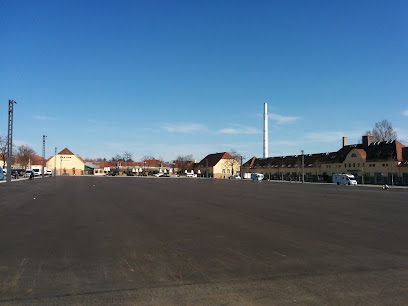
Polizeibrunnen
Discover Polizeibrunnen, Stuttgart's stunning fountain that embodies history and serenity in a picturesque urban setting.
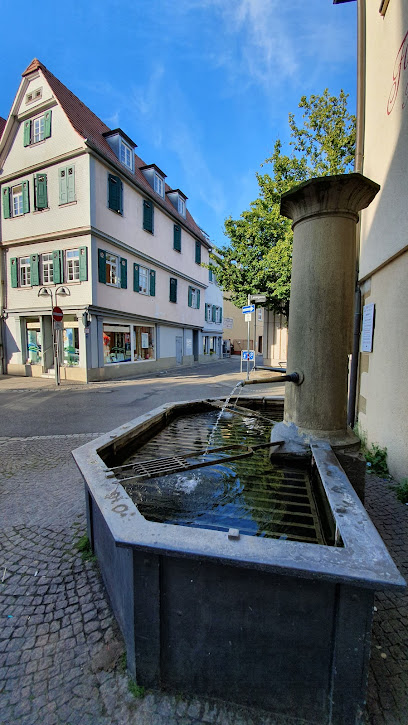
Junobrunnen
Explore the serene beauty of Junobrunnen in Stuttgart, where history meets tranquility amidst lush gardens and a stunning fountain.
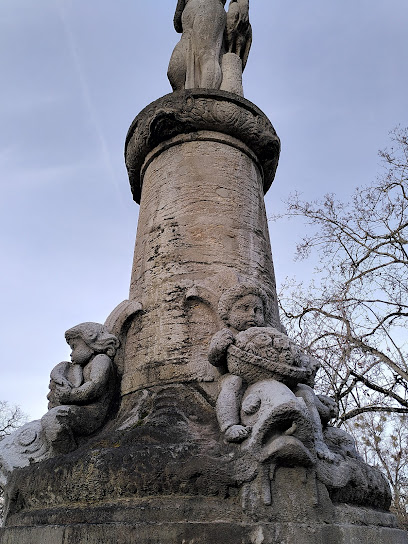
Reiterstandbild von König Wilhelm I. von Württemberg
Explore Stuttgart's rich heritage at the stunning equestrian statue of König Wilhelm I. von Württemberg, a must-see tourist attraction embodying history and art.
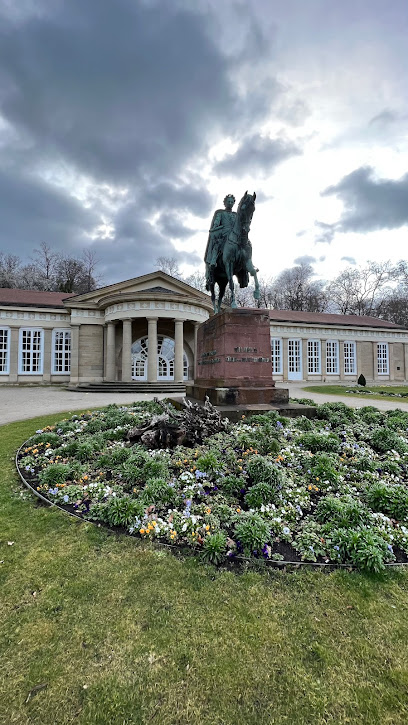
Auquellbrunnen
Discover the serene beauty of Auquellbrunnen, a historic fountain in Stuttgart's Bad Cannstatt, perfect for relaxation and exploration.
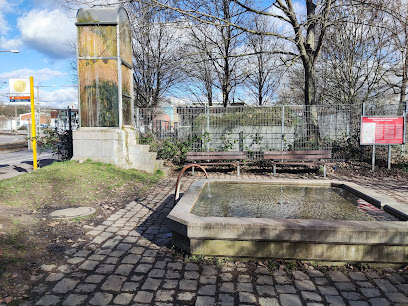
Rosensteinbunker
Discover Stuttgart's rich history at the Rosensteinbunker, a World War II relic offering a glimpse into the city's past.
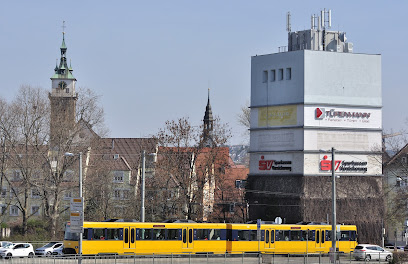
Jakobsbrunnen
Discover the enchanting Jakobsbrunnen in Stuttgart, a historical fountain surrounded by lush greenery and rich culture, perfect for relaxation and exploration.
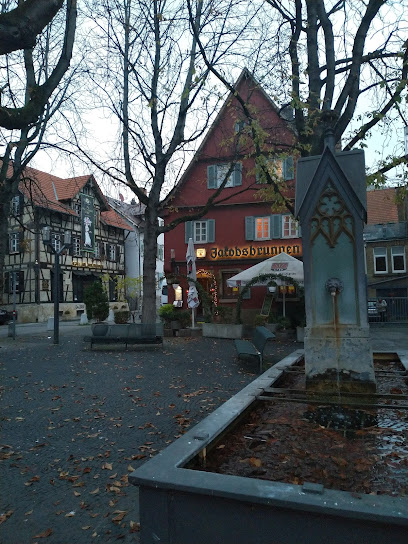
Tor-Brunnen
Explore the historical beauty of Tor-Brunnen, a serene fountain in Stuttgart's Bad Cannstatt, blending culture and tranquility.
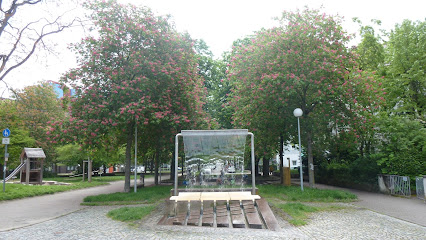
Kellerbrunnen
Experience the charm and history of Kellerbrunnen, a hidden fountain gem in Stuttgart's Bad Cannstatt, perfect for relaxation and exploration.
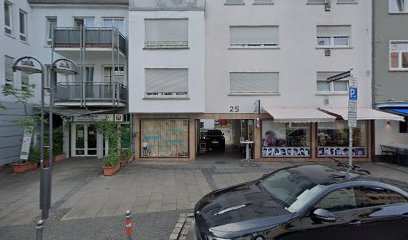
Fontänenbrunnen
Discover the charm of Fontänenbrunnen, Stuttgart's iconic fountain, nestled in the lively Marktplatz, perfect for relaxation and local culture.
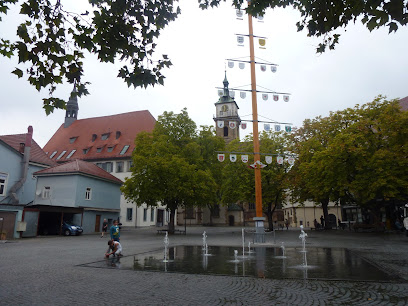
Unmissable attractions to see
Mercedes-Benz Museum
Discover the rich history and innovative spirit of Mercedes-Benz at the iconic museum in Stuttgart, showcasing over 160 years of automotive excellence.

Wilhelma
Discover the enchanting Wilhelma in Stuttgart—a captivating fusion of zoo, botanical garden, and park that offers a unique experience for nature lovers.
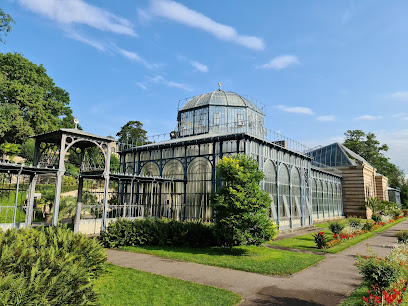
Maurischer Garten Stuttgart
Explore the enchanting Maurischer Garten in Stuttgart, a botanical haven showcasing exotic plants, Moorish architecture, and serene landscapes perfect for relaxation.
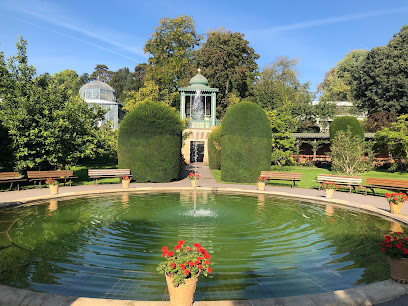
Auquellbrunnen
Explore the historic charm of Auquellbrunnen, a serene fountain in Stuttgart's Bad Cannstatt, where culture and nature beautifully converge.
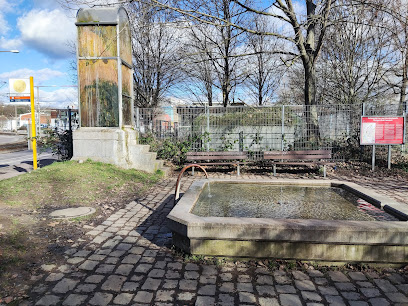
Tor-Brunnen
Explore Tor-Brunnen, a historic fountain in Stuttgart's Bad Cannstatt, where history and beauty blend in a serene atmosphere perfect for relaxation.
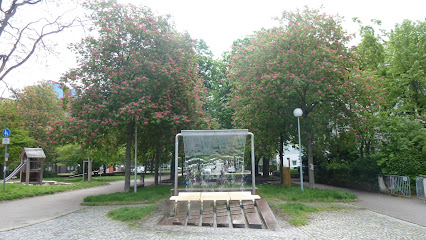
Felgerhof
Explore Felgerhof in Stuttgart: a charming tourist attraction offering stunning gardens, local culture, and picturesque views in the heart of Bad Cannstatt.
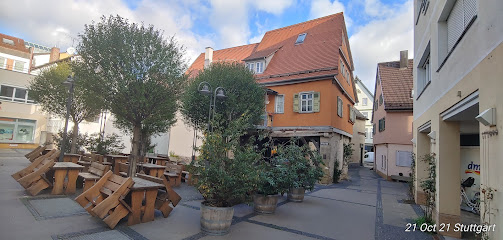
Cannstatter Zuckerle
Experience the delightful world of traditional German sweets at Cannstatter Zuckerle in Stuttgart's Bad Cannstatt district.
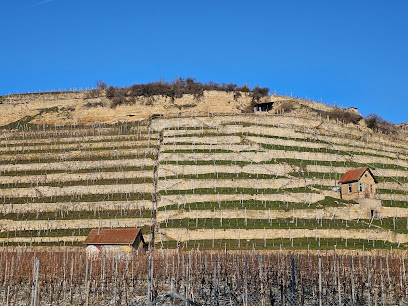
Wasserspiel Stadtarchiv Bad Cannstatt
Explore the tranquil beauty of Wasserspiel Stadtarchiv Bad Cannstatt, a unique blend of art, nature, and local history in Stuttgart.
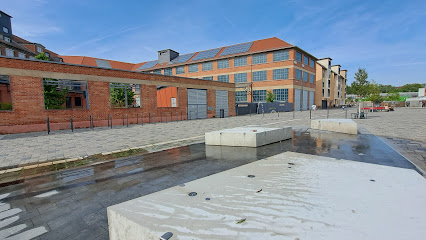
Fontänenbrunnen
Explore the enchanting Fontänenbrunnen in Stuttgart's vibrant Marktplatz, a blend of history, artistry, and local culture.
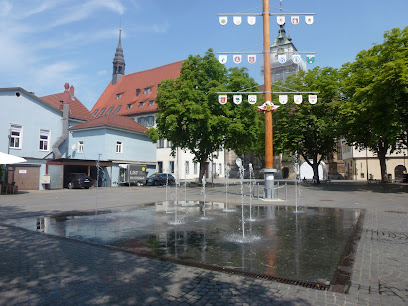
Marktbrunnen
Experience the charm of Marktbrunnen in Bad Cannstatt, Stuttgart – a beautiful fountain surrounded by local shops and cafes perfect for relaxation.

Essential places to dine
The Little Greek Taverna
Experience authentic Greek cuisine at The Little Greek Taverna in Stuttgart – where every dish tells a story.
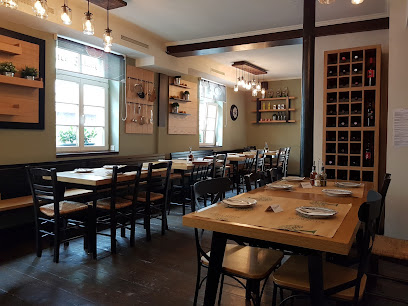
Sophie's Beer Garden
Discover authentic Swabian flavors at Sophie's Beer Garden in Bad Cannstatt - where hearty meals meet vibrant atmosphere.
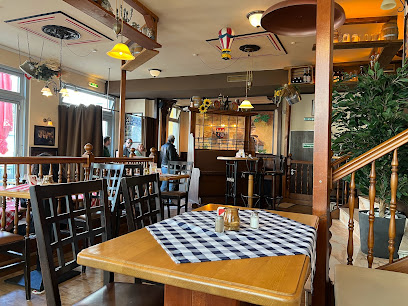
Der Rote Hirsch
Experience authentic Swabian cuisine and local wines at Der Rote Hirsch in Stuttgart's vibrant culinary scene.
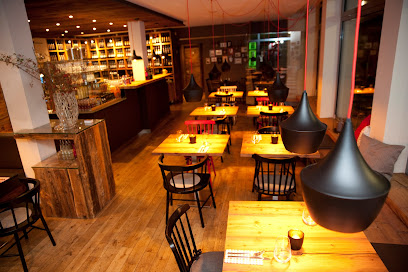
PILUM
Discover the perfect blend of Mediterranean charm and Swabian tradition at PILUM in Stuttgart.
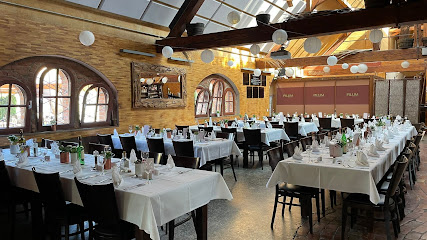
Restaurant zum Ackerbürger - Stuttgart
Experience the finest German and Pacific Rim cuisine at Restaurant zum Ackerbürger in Stuttgart - where every dish tells a story.
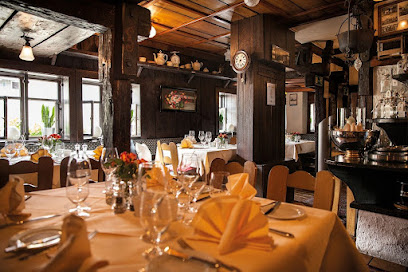
Weinstube am Stadtgraben
Experience the finest European and Swabian cuisine at Weinstube am Stadtgraben in Stuttgart, where culinary tradition meets modern elegance.
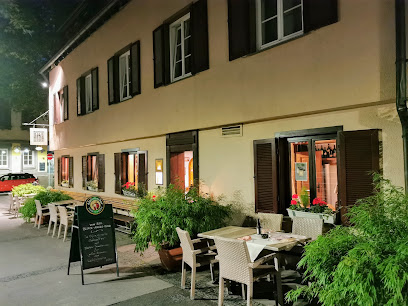
Zur Sattlerei
Discover the rich flavors of Swabia at Zur Sattlerei - Stuttgart's premier destination for authentic regional cuisine.
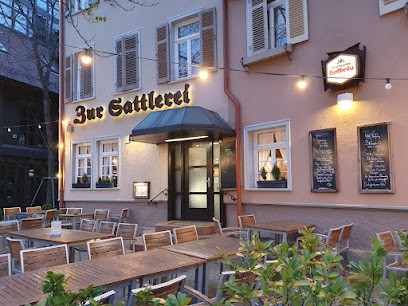
Zur alten Schmiede
Discover authentic Swabian flavors at Zur alten Schmiede in Stuttgart - where tradition meets culinary excellence.
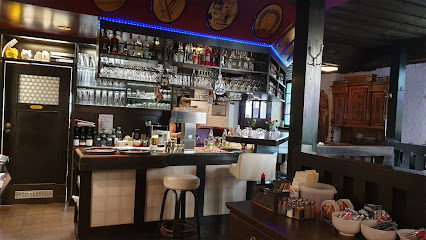
Restaurant & Pizzeria Zur Schreinerei
Discover authentic Swabian cuisine and delicious pizzas at Restaurant & Pizzeria Zur Schreinerei in Stuttgart's Bad Cannstatt district.
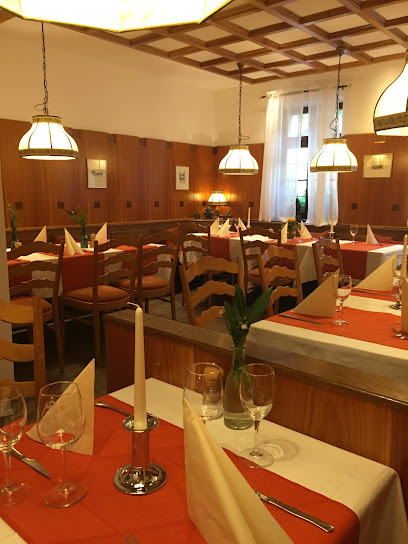
Restaurant Äquator
Discover authentic African cuisine at Restaurant Äquator in Stuttgart – a culinary journey full of vibrant flavors and warm hospitality.
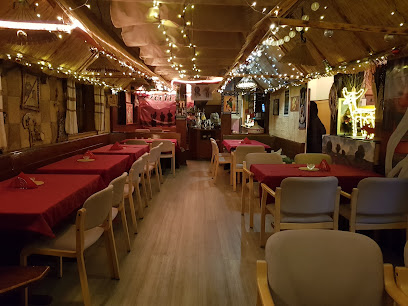
Markets, malls and hidden boutiques
EuroShop
Explore EuroShop in Stuttgart for amazing gifts, home goods, and unbeatable prices. A shopping paradise for every traveler!

C&A
Explore the stylish and affordable clothing options at C&A in Stuttgart, a one-stop destination for fashionable attire for the whole family.

Galaxy Fashion arabische & islamische Mode - Stuttgart
Explore authentic Arabic and Islamic fashion at Galaxy Fashion in Stuttgart, offering a unique blend of tradition and modern style for every occasion.

Bad Cannstatt
Experience the unique blend of history and modernity in the charming district of Bad Cannstatt, Stuttgart, filled with shops, parks, and cultural gems.
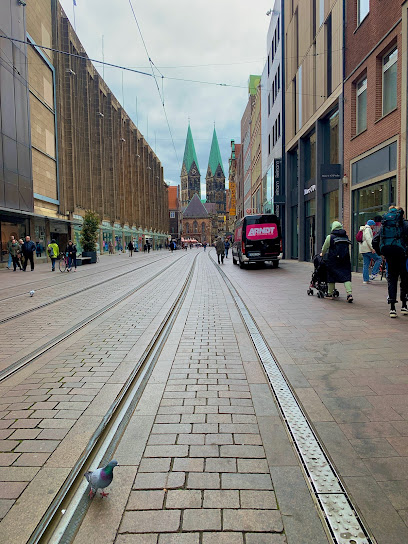
DIVINA Marina
Explore the chic and stylish world of women's fashion at DIVINA Marina, a boutique in Stuttgart offering unique clothing and personalized service.

Mode Boutique
Explore Stuttgart's Mode Boutique for trendy clothing and unique accessories that embody contemporary German fashion.

ZRED UG (haftungsbeschränkt)
Experience the unique blend of fashion and refreshment at ZRED UG in Stuttgart, where local trends meet delightful shopping.

Boutique Niveau
Explore Boutique Niveau in Stuttgart for trendy and unique clothing that blends local flair with international styles in a charming atmosphere.
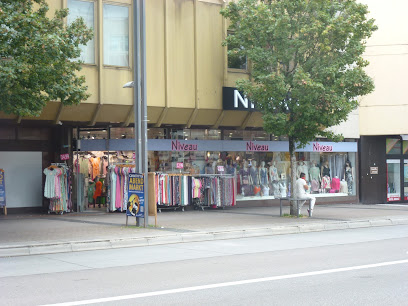
Weltladen Bad Cannstatt
Explore the charm of Weltladen Bad Cannstatt, a gift shop where unique treasures and organic delights await in Stuttgart's vibrant district.

LULU BABYSHOP
Discover stylish and comfortable baby clothing at LULU BABYSHOP in Stuttgart, perfect for your little ones' wardrobe needs.

Essential bars & hidden hideouts
Palm Beach Stuttgart
Discover Palm Beach Stuttgart: Where Culinary Delights and Sports Passion Unite for an Unforgettable Experience.
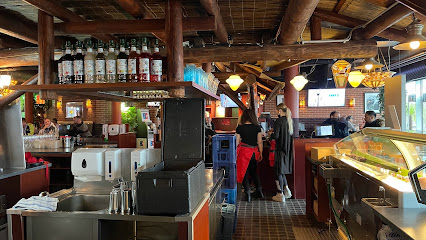
The Corner - Stuttgart
Discover the vibrant nightlife at The Corner, Stuttgart's iconic bar in Bad Cannstatt, offering a delightful drink selection and a lively atmosphere.
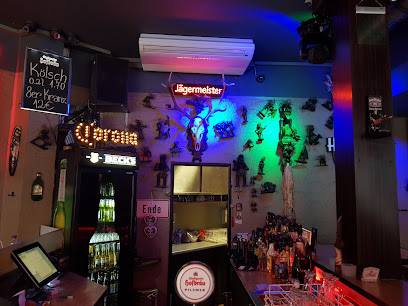
The Times Bar- Die Bar zeitlosen Idolen - Stuttgart
Experience Stuttgart's vibrant nightlife at The Times Bar, where exquisite cocktails and a stylish lounge atmosphere await.
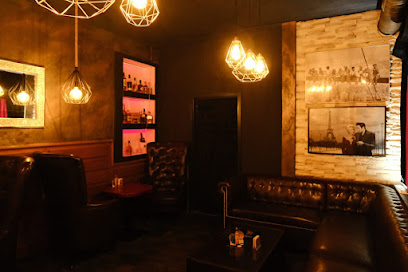
Pirates The Rock Mezé Bar
Experience the vibrant Mediterranean flavors and lively atmosphere at Pirates The Rock Mezé Bar in Stuttgart's Bad Cannstatt.
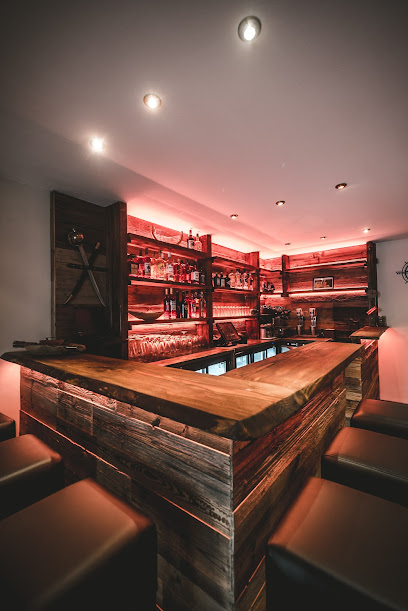
AROMA Cafe Bar
Discover the charm of Aroma Cafe Bar in Stuttgart, where exceptional coffee meets a remarkable wine selection and live music events.
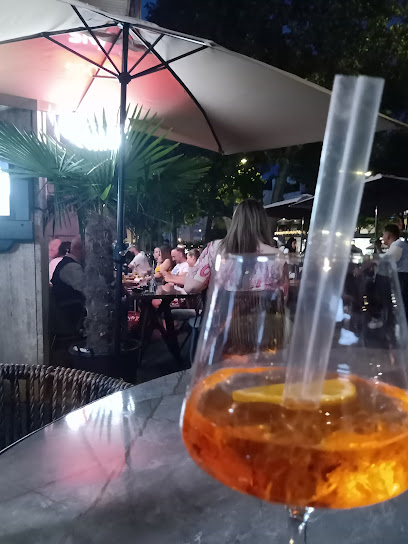
MiLi Cafe Bar
Discover the vibrant atmosphere of MiLi Cafe Bar in Stuttgart, where delightful drinks meet a cozy ambiance for an unforgettable experience.
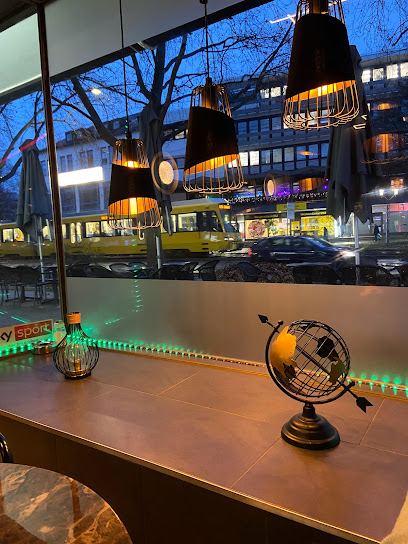
Elegance Bar
Experience the vibrant nightlife of Stuttgart at Elegance Bar, where stylish ambiance meets a diverse drink menu for an unforgettable evening.
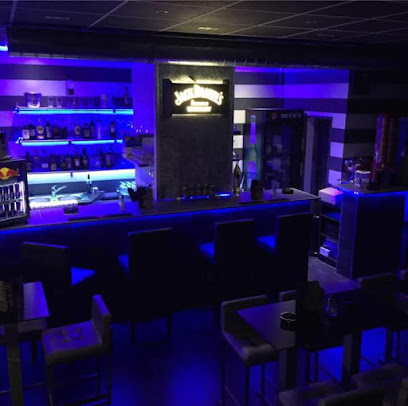
DMC Bar
Discover the vibrant atmosphere of DMC Bar in Stuttgart, where eclectic drinks and friendly service create an unforgettable nightlife experience.
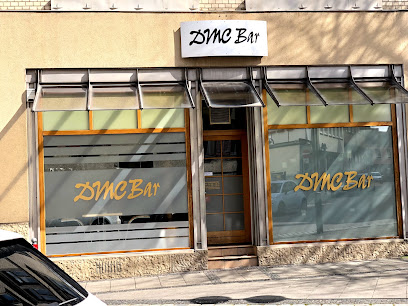
Bar Fortysix
Experience the authentic nightlife of Stuttgart at Bar Fortysix, where local charm meets a vibrant atmosphere.
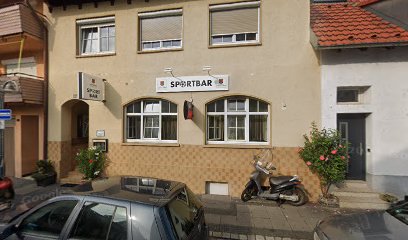
Vintage Bar & Cafe
Experience the charm of Vintage Bar & Cafe in Stuttgart, where traditional flavors meet modern dining in a cozy gastropub atmosphere.

History of Bad Cannstatt
-
Bad Cannstatt's history dates back to Roman times when it was known as 'Cannstatt'. The Romans recognized the area's natural thermal springs, which they used for bathing and health treatments, establishing a spa culture that continues to this day. The ruins of a Roman bathhouse can still be found, showcasing the importance of wellness in ancient society.
-
During the Middle Ages, Cannstatt became an important settlement due to its strategic location along trade routes. The town was granted market rights in the 13th century, leading to economic growth. Cannstatt was often mentioned in historical documents and became a vital part of the Duchy of Württemberg's trade network.
-
Established in 1818, the Cannstatter Volksfest is one of the largest folk festivals in Germany, held annually in Bad Cannstatt. Originally a harvest festival, it has evolved into a major celebration of Swabian culture, featuring traditional food, music, and rides, attracting millions of visitors each year and reflecting the neighbourhood's communal spirit.
-
The 19th century brought rapid industrialization to Bad Cannstatt, with the establishment of various factories and an increased population. This period saw the development of infrastructure, including the Cannstatt train station, which connected the neighbourhood to Stuttgart and beyond, facilitating trade and mobility.
-
Like many parts of Stuttgart, Bad Cannstatt was heavily affected by World War II, suffering significant damage from air raids. Post-war reconstruction efforts focused on restoring the historical architecture while modernizing the infrastructure. The rebuilding process helped to revitalize the community and foster a sense of resilience among its residents.
-
Today, Bad Cannstatt is known for its blend of history and modernity. The neighbourhood features a mix of historic sites, such as the Old Castle and the St. Remigius Church, alongside contemporary amenities. The ongoing appreciation for its thermal springs continues to attract visitors, ensuring that the legacy of wellness initiated by the Romans remains an integral part of Bad Cannstatt's identity.
Bad Cannstatt Essentials
-
Bad Cannstatt is easily accessible from various neighborhoods in Stuttgart. You can take the U-Bahn (subway) lines U1, U2, or U13, which connect directly to the Bad Cannstatt station. Trains from Stuttgart Hauptbahnhof (main train station) run frequently and take about 10-15 minutes. Additionally, several bus lines service the area, including lines 40 and 42, which provide convenient connections from the city center.
-
Bad Cannstatt is well-served by public transportation. The U-Bahn and local buses make it easy to navigate the neighborhood and reach nearby attractions. Bicycles are also a popular way to explore, with bike paths available. For a more leisurely experience, consider renting a bike from local rental shops or using the city’s bike-sharing program. Walking is a great option as many attractions are within a short distance of each other.
-
Bad Cannstatt is generally a safe neighborhood, but standard precautions should be taken as in any urban area. Avoid poorly lit streets at night and be cautious of your belongings in crowded areas. While there are no specific high-crime areas targeting tourists, it's advisable to stay alert in places with high foot traffic, such as near the train station and popular attractions like the Cannstatter Wasen festival grounds.
-
In case of an emergency, dial 112 for medical assistance or fire services. For police assistance, dial 110. There are several hospitals and clinics in Bad Cannstatt, including the Klinikum Stuttgart, which offers comprehensive medical services. It's recommended to have travel insurance that covers emergencies. Pharmacies (Apotheken) are also available for non-emergency health needs.
-
Fashion: Do dress comfortably and consider the weather; casual wear is acceptable. Don't wear overly flashy or revealing clothing, especially in religious sites. Religion: Do respect local customs, especially in churches; cover shoulders and knees. Don't engage in loud behavior near religious sites. Public Transport: Do be courteous and offer your seat to the elderly. Don't eat or drink on public transport. Greetings: Do greet people with a handshake and maintain eye contact. Don't use overly familiar language until you know someone well. Eating & Drinking: Do try local specialties like Maultaschen and Schwäbischer Zwiebelrostbraten. Don't leave food on your plate, as it's considered disrespectful.
-
To experience Bad Cannstatt like a local, visit the weekly markets where you can find fresh produce and homemade goods. Engage with the locals, who are often welcoming and eager to share stories about their neighborhood. Don't miss the historic Mineralbad Cannstatt, a thermal spa that offers relaxation and wellness treatments. Additionally, explore the scenic parks along the Neckar River for a leisurely stroll or picnic.
Nearby Cities to Bad Cannstatt
-
Things To Do in Heidelberg
-
Things To Do in Rothenburg ob der Tauber
-
Things To Do in Strasbourg
-
Things To Do in Wurzburg
-
Things To Do in Freiburg
-
Things To Do in Frankfurt
-
Things To Do in Bregenz
-
Things To Do in Nuremberg
-
Things To Do in Colmar
-
Things To Do in Dornbirn
-
Things To Do in Zurich
-
Things To Do in Ruggell
-
Things To Do in Schellenberg
-
Things To Do in Mauren
-
Things To Do in Gamprin


